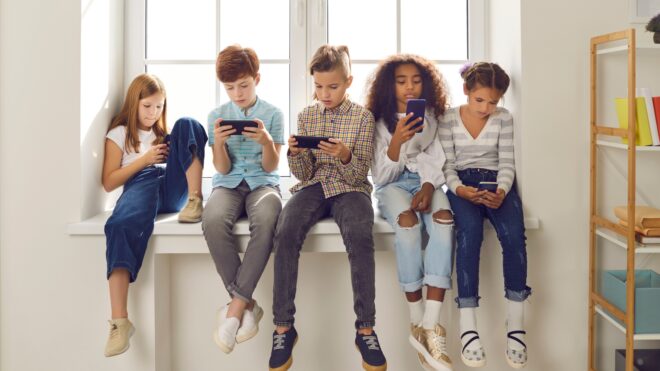Kids who wander into a patch of poison ivy can pay dearly for this mistake … only if you're a parent keen to ease your child's suffering, never fear — there's plenty you can do. Follow these guidelines to get the details on how to treat poison ivy on kids, from how to I.D. the rash to ways to alleviate the itch.
Know when (and how) the rash will appear. Poison ivy, also known as rhus dermatitis, is caused by the oil resin, urushiol, found in the leaves, stems, and roots of poison ivy, poison oak, and poison sumac. But it won't crop up the day your kid's been wandering in the woods. "Poison ivy is a delayed type hypersensitivity, meaning it'll take about two days after exposure for little fluid blisters or itching to arise," says Amy Baxter, MD, a pediatric pain specialist in Atlanta, Georgia. In other words, you won't always know your kids have touched poison ivy or even that they have it until two days later.
Do damage control before the rash hits. If your children have been outdoors and you suspect they may have touched poison ivy, "the first thing you should do is have them wash their hands with lukewarm, soapy water to try to rinse off some of the urushiol and wash the clothing you were wearing when you came in contact with the substance," says David Bank, a dermatologist in Mt. Kisco, New York and author of Beautiful Skin. "If they don't, the substance can stay on their clothes, and when those clothes touch their skin again, they will develop another rash." And since the oil from poison ivy can stick to many surfaces, wash off any impacted patio furniture or pets as well.
Ease the itch. If your little ones do end up with poison ivy — "one clue that the itching is poison ivy is a long, itchy line where the leaf or vine trailed past you as you walked," says Baxter — you can alleviate the itching and inflammation by dipping a washcloth in cool milk and placing it over the rash. "Taking lukewarm baths and adding a little baking soda will also help," says Bank. You can also try calamine lotion, over-the-counter cortisone cream, or an oral antihistamine.
Keep an eye out if symptoms get worse. Most rashes will abate in a couple of weeks. "For systemic or horrific cases, a 10- to 14-day oral steroid taper is recommended," says Baxter. You should also seek medical attention immediately if you notice any of the following symptoms in your child: fever, trouble breathing or swallowing, swelling (particularly if the eyelids swell shut), a rash on the face or genitals, or if blisters are oozing puss. But rest assured the rash is not contagious, and won't spread to other kids or yourself. "You can't catch poison ivy or spread it to someone else," says Bank. Visit the American Academy of Dermatology’s web page on treating poison ivy to learn more.

How do you treat poison ivy?
Images via Beatrice Murch/Flickr; ©iStock.com/epantha




